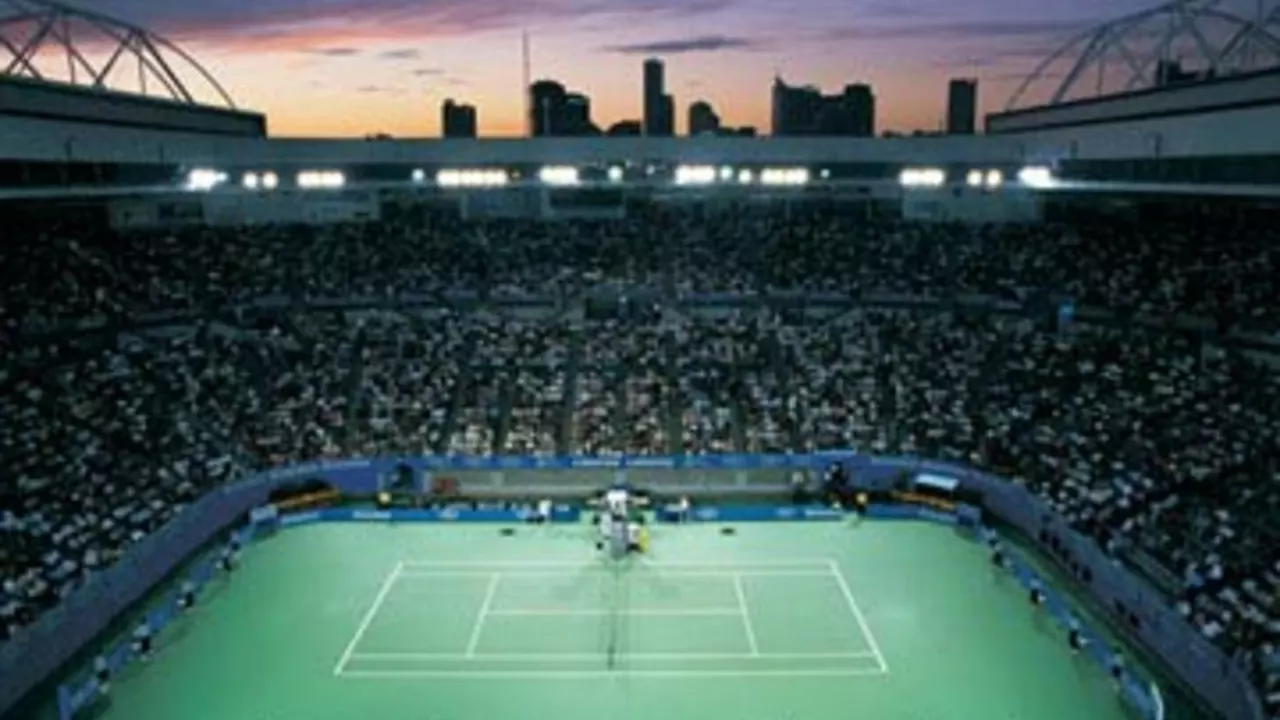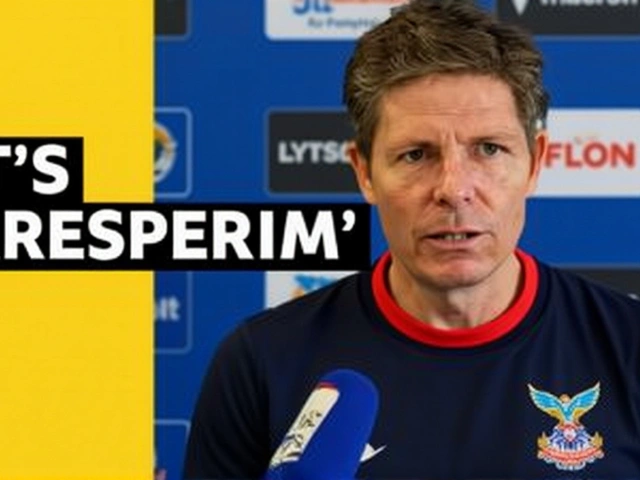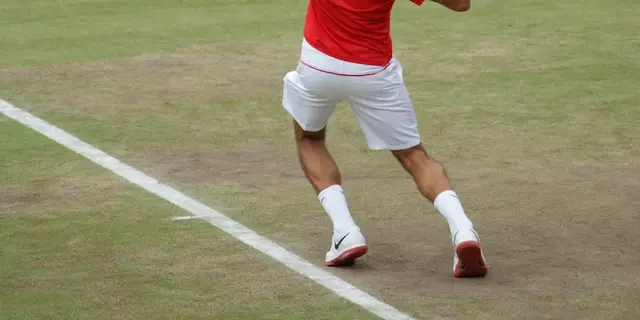Court Speed: Why It Matters and How to Play It Right
If you’ve ever felt your foot sliding on a grass court or the ball kicking up high on clay, you’ve experienced court speed in action. The surface decides how quickly the ball travels, how high it bounces, and what kind of shots work best. Understanding this can shave points off your opponent’s tally and boost your confidence on any court.
Fast Courts – What to Expect
Grass and low‑bounce hard courts are the speed demons of tennis. The ball skids low, giving you less time to react. On these surfaces, a powerful serve and aggressive net play pay off. Keep your stance low, stay on the balls of your feet, and be ready to explode forward on the next shot. Short, flat groundstrokes work better than heavy topspin because the ball already stays low.
One practical tip: practice your split step. Jump a few centimeters off the ground just before your opponent hits. That tiny hop lets you push off in any direction instantly, which is a lifesaver on a fast court where every millisecond counts.
Slow Courts – How to Play Smart
Clay and high‑bounce hard courts slow the game down. The ball climbs higher and loses speed after the bounce, giving you more time to set up. This is where patience and topspin shine. Aim for high, looping shots that push your opponent back, then finish the point with a well‑timed drop shot or a crisp passing shot.
Footwork is the secret weapon on slow courts. You’ll need to slide into shots on clay and shuffle on slower hard courts. Practice side‑to‑side movement so you can stay balanced and hit cleanly, even when the ball bounces farther than you expect.
Adjusting your racket string tension can also help. Looser strings give more control on slower surfaces, while a tighter setup adds bite on faster courts.
Bottom line: know the speed, adapt your footwork, choose the right shot selection, and tweak your equipment. Mastering these basics lets you feel comfortable whether you’re sprinting on grass or sliding on clay.

Why is the Australian Open Court speed so low this year?
From my observations, the Australian Open Court speed has noticeably dropped this year. The main reason for this is the change in court surface, which has been switched to a slower pace to promote longer rallies and a more strategic style of play. The cooler weather conditions also contribute to the decrease in speed as the ball doesn't bounce as high or travel as fast. This has been a major talking point among players who are having to adjust their games accordingly. It's definitely a change that's stirred up the tournament this year.
Detail



